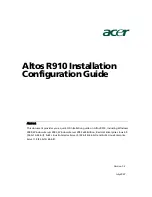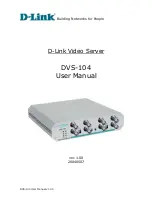
Steelhead Appliance Installation and Configuration Guide
51
Asymmetric Routing
Troubleshooting
For physical or virtual in-path installations, verify that the server-side Steelhead appliance can be auto-
discovered by the client-side Steelhead appliance.
Connect to the Steelhead appliance CLI. For details, see the
Riverbed Command-Line Interface Reference
Manual
. Enter the command:
tproxytrace -i inpath0_0 <example-server-IP-address>:<example-server-TCP-port>
This causes the Steelhead appliance to generate a fake TCP SYN packet, destined for the specified IP
address and TCP port, and send it to the specified in-path interface. A remote Steelhead appliance
should respond if it sees the SYN packet.
Verify that the client-side Steelhead appliance is visible to the server-side Steelhead appliance.
Connect to the Steelhead appliance CLI. For details, see the
Riverbed Command-Line Interface Reference
Manual
. Enter the command:
tproxytrace -i inpath0_0 <example-client-IP-address>: <example-client-TCP-port>
Asymmetric Routing
If there is an asymmetric routing issue, many connections fail during data transfer or they fail to start.
Possible Cause
Asymmetric routing occurs when a TCP connection takes one path to the destination and another when
returning to the source. If the Steelhead appliance sees only the LAN to WAN or only the WAN to LAN
packets, it cannot optimize the data.
Solutions
To resolve the asymmetric routing issue, do one of the following:
Rank the following solutions from most to least preferable with respect to complexity and cost and
select one:
–
configure a fixed-target rule.
–
use a logical in-path configuration such as WCCP or PBR.
–
use four-port or six-port Steelhead appliance.
–
configure connection-forwarding with two Steelhead appliances.
Remove the asymmetry.
















































